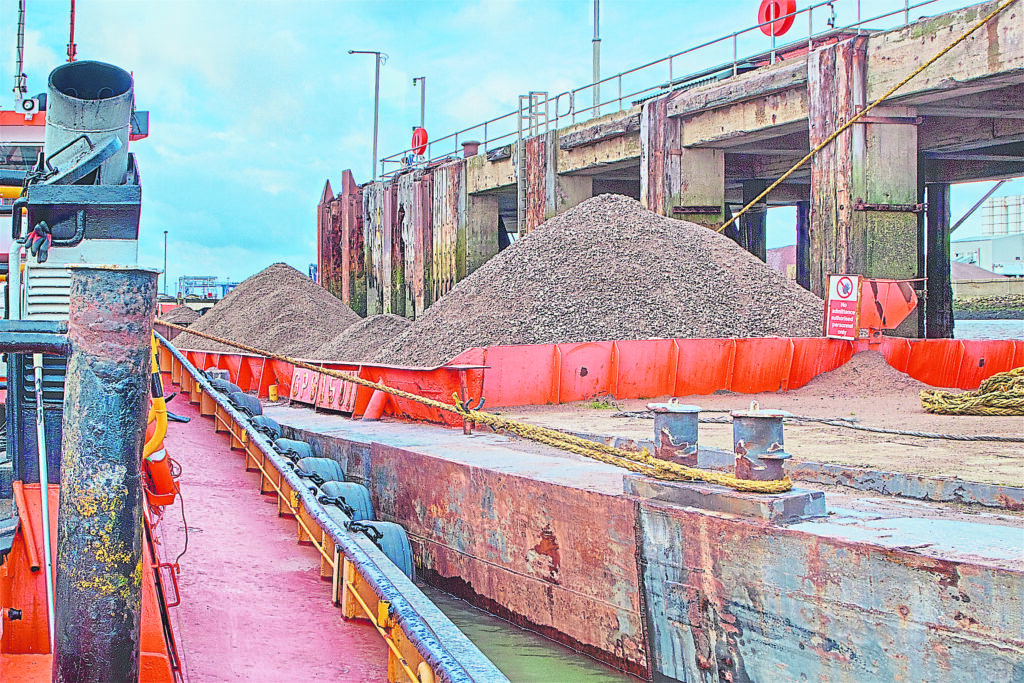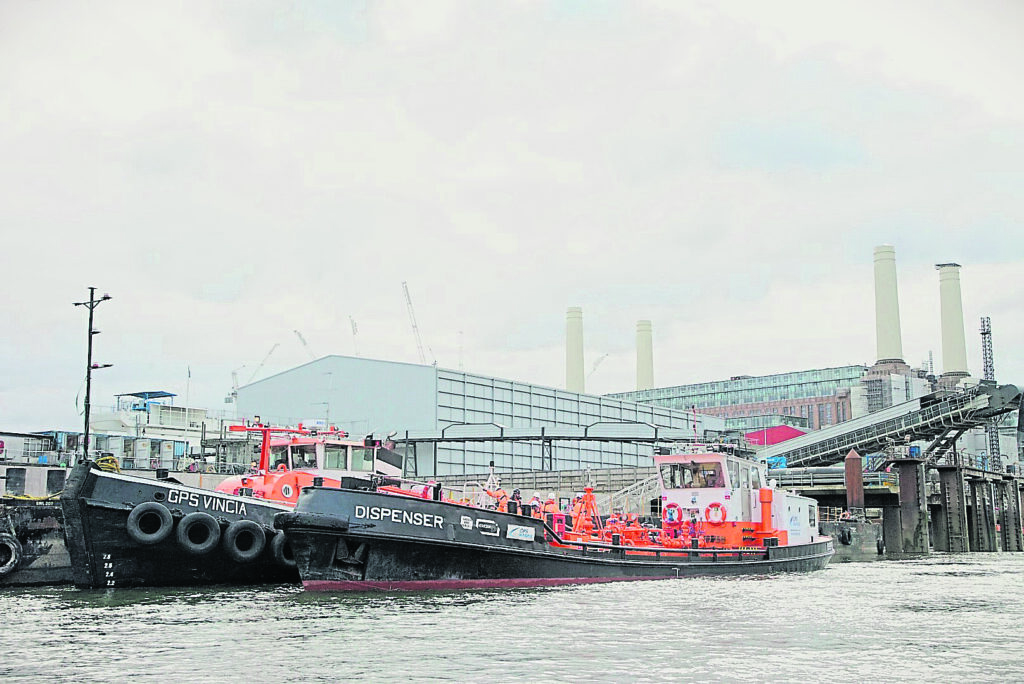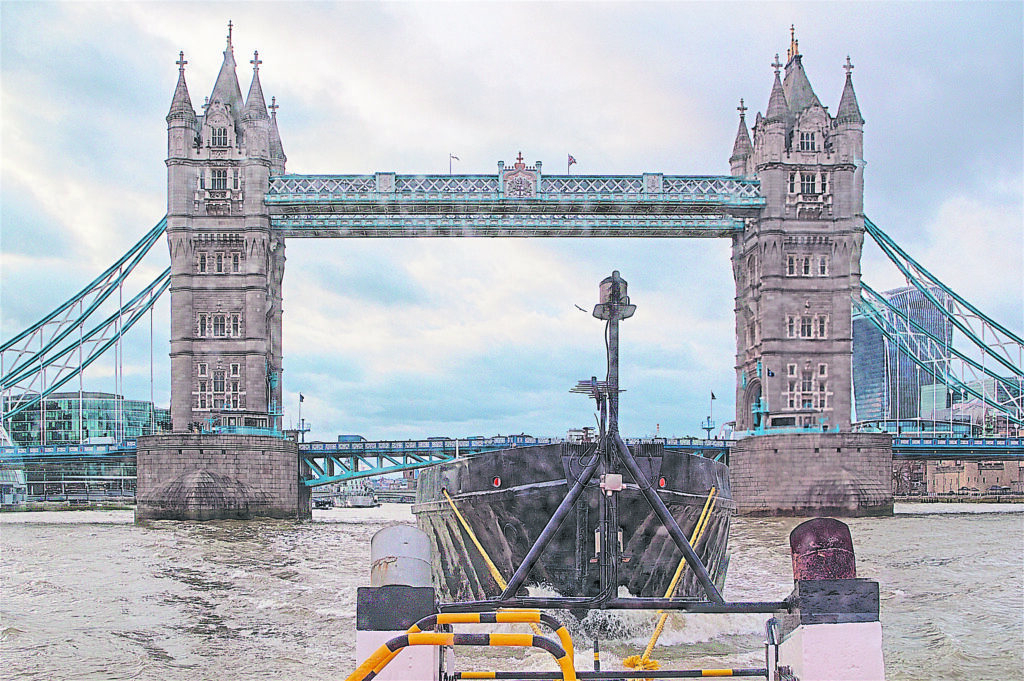Jonathan Mosse’s monthly look at freight development on the inland waterways.
ON THE face of it, the general election we’ve just had appears to represent massive change at the political level, but that is to ignore those who beaver away behind the scenes, providing consistency in the application of policy and its detailed content.

It is the civil servants that will do the donkey work in translating Labour’s brave new world into statutory reality and it will no doubt represent a hard and probably thankless task for which there will be little public acknowledgment.
In a possible attempt to redress this imbalance, I’d like to delve into the workings of just one area of the Department for Transport (DfT) who, on the face of it, one might think had an awful lot to do with the carriage of freight on the inland waterways. If only! Our waterways (and all their funding woes) actually sit firmly under the Department for Environment, Food and Rural Affairs (DEFRA), which might go a long way to explaining why transporting commercial cargo by water gets so little airtime…

It would be hard to argue that fuel is not a significant component in transporting pretty much anything, nor to minimise its impact on global warming once processed by an engine. While some pretty basic physics dictates that waterway transport consumes a fraction of that used by things with wheels it is, nevertheless, a material overhead for the barge and ship operator.
An obvious way to mitigate its environmental impact is to use a biofuel such as hydrotreated vegetable oil (HVO) which is 90% carbon neutral, with considerably lower greenhouse gas (GHG) emissions than fossil fuels. Once overall policy has been thrashed out by the politicians, decisions around who uses what fuel, within the different sectors of the maritime world, lie with the DfT and are ultimately in the gift of those aforementioned civil servants.

As far as fuelling everything that floats goes, the big picture at DfT makes a great deal of sense, given that there is both a finite amount of a particular biofuel currently available and that one type of shipping is better suited to one fuel than another. Just as a barge on the Thames wouldn’t run on ammonia or methanol, so a 220,000-ton container ship would struggle if powered by a petrol engine!
My (admittedly limited) experience of the demographic of DfT civil servants, based largely on time spent attending meetings as a member of their Low Carbon Fuels Group, is of relatively young, enthusiastic, very well qualified people (I’m talking 1st degrees or doctorates here) who have sat down together and put a great deal of thought into dividing world shipping into three sectors, as far as divvying up biofuel use is concerned.

So, in the brave new biofuel world, we are looking at Sector 1 as Deep Sea, Sector 2 as Coastal and Sector 3 for Inland waterways with, obviously enough (although still in development) ammonia, methanol and the like for Sector 1 and Sector 3 supported by HVO.
In DfT’s mind (despite surveys suggesting otherwise) Coastal leans fairly heavily on deep-sea biofuels rather than towards their inland equivalents, which is unfortunate when we consider that a very significant tonnage of inland waterways freight is carried on tidal estuaries such as the Thames, Medway and Humber.

While under the long-established HMRC definition of an inland waterway (for the purposes of fuel duty) these tidal stretches of water complied, to force compliance with their sectorised concept, DfT has decided that a tidal inland waterway lives within their Coastal sector. Indeed, they have seen fit to re-categorise Cat C inland waterways into two sub-categories: Cat C tidal and Cat C non-tidal!
This in turn impacts any subsidy that a particular biofuel attracts. While the department can’t physically prevent you from using a particular biofuel, it can decide to subsidise its use in one sector but not for use in another, thereby making it unaffordable.

In a nutshell, anomalies in this grand plan appear where one sector interfaces with another (in this case Inland with Coastal) and a ‘grey area’ is generated. Our bright young things at DfT have yet to grapple with grey areas generally in life, so it is no wonder that it presents them with a struggle in their enactment of policy.
Put bluntly: considerable estuarine tonnage travels, for the most part, in areas of dense population where GHGs have a significant impact on health and well-being. Here, low-emission fuels should, therefore, be readily available, affordable and actively promoted.



